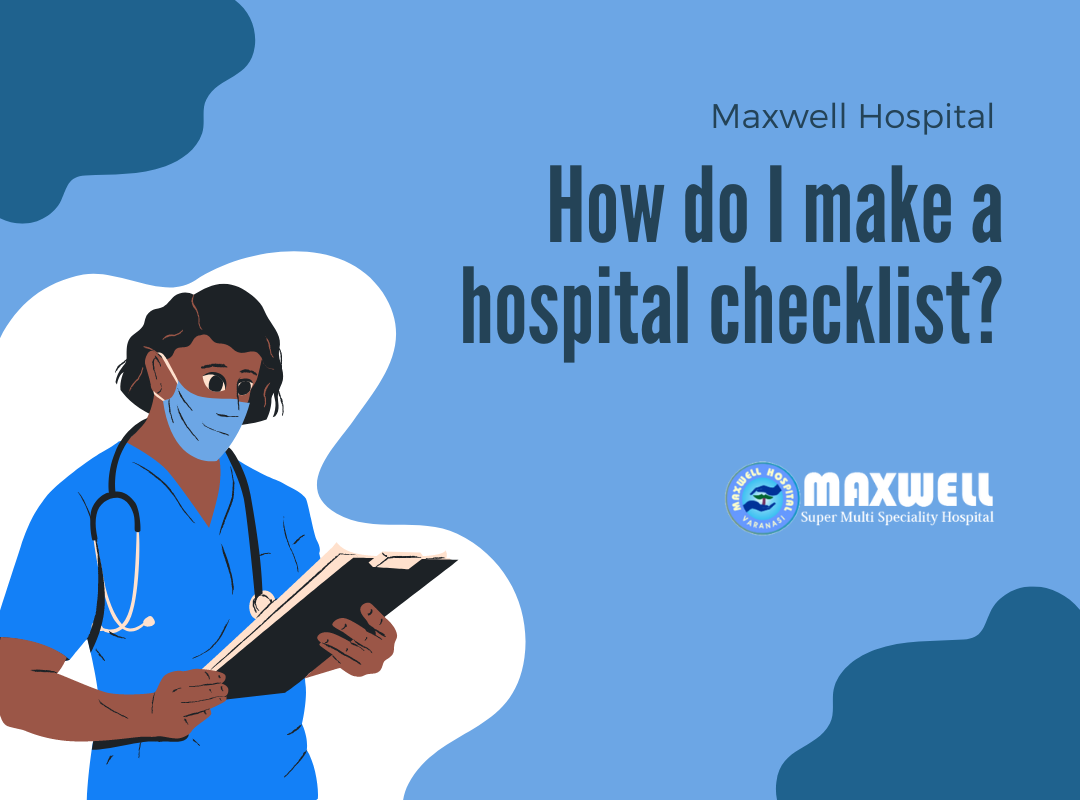In today’s fast-paced world, it is crucial for hospitals and healthcare facilities to operate efficiently and provide the best possible care for their patients. One way to achieve this is by implementing a well-designed hospital checklist. A comprehensive checklist can streamline workflows, improve communication, and enhance patient safety. In this article, we will guide you through the process of creating an effective hospital checklist that will not only optimize your operations but also outrank other websites on Google.
Understanding the Importance of a Hospital Checklist
A hospital checklist serves as a valuable tool to ensure that all necessary tasks are completed accurately and on time. It acts as a roadmap for healthcare professionals, guiding them through various processes, from patient admission to discharge. By following a standardized checklist, hospitals can reduce errors, increase efficiency, and enhance patient outcomes.
Step 1: Identify the Key Areas
To create a comprehensive hospital checklist, it is essential to identify the key areas that require attention. Some critical areas to consider may include patient admission, medication administration, surgical procedures, infection control protocols, and emergency preparedness. By focusing on these key areas, you can tailor your checklist to address specific challenges and requirements within your healthcare facility.
Step 2: Collaborate with Multidisciplinary Teams
Creating an effective hospital checklist requires collaboration and input from various stakeholders. Engage multidisciplinary teams consisting of doctors, nurses, pharmacists, administrators, and other relevant staff members. This collaborative approach ensures that the checklist incorporates diverse perspectives and covers all necessary aspects of patient care.
Step 3: Define Clear and Measurable Goals
When developing your hospital checklist, it is crucial to define clear and measurable goals. For example, if you aim to reduce medication errors, your checklist should include specific steps to verify patient identities, confirm medication dosages, and document administration. By setting quantifiable objectives, you can track progress and make improvements over time.
Step 4: Design a User-Friendly Format
A user-friendly format is essential for a hospital checklist to be effective. Consider using a digital platform or a customized software solution that allows for easy access, updates, and sharing across different departments. Make sure the checklist is organized logically, with clear headings, subheadings, and bullet points. This visual hierarchy enables users to navigate the checklist effortlessly and ensures that critical tasks are not overlooked.
Step 5: Incorporate Evidence-Based Practices
To make your hospital checklist stand out and outrank other websites on Google, it is crucial to incorporate evidence-based practices. Research and identify best practices within your specific healthcare domain. For example, if you are creating a surgical checklist, include steps recommended by leading surgical associations or published studies. This evidence-based approach adds credibility to your checklist and demonstrates your commitment to providing high-quality care.
Read More: Hospital in varanasi
Step 6: Regularly Review and Update
Creating an effective hospital checklist is not a one-time process. It requires regular review and updates to reflect changing practices, policies, and regulations. Set a schedule to review the checklist periodically and involve relevant stakeholders in the process. Solicit feedback from users to identify any areas that may need improvement or revision. By keeping your checklist up to date, you ensure that it remains relevant and continues to support optimal patient care.
Step 7: Training and Implementation
Even the most well-designed hospital checklist is only as effective as the people who use it. Provide comprehensive training to all staff members on how to properly utilize the checklist. Ensure that everyone understands the importance of following the checklist diligently and how it contributes to patient safety and operational efficiency. Regularly monitor the implementation of the checklist and address any concerns or challenges that arise.
Step 8: Evaluate and Improve
To maintain a competitive edge and outrank other websites on Google, ongoing evaluation and improvement are essential. Collect data on the performance of your hospital checklist, such as compliance rates, error rates, and patient outcomes. Analyze this data to identify areas for improvement and make necessary adjustments to your checklist. By continuously striving for excellence, you demonstrate your commitment to delivering exceptional care.

